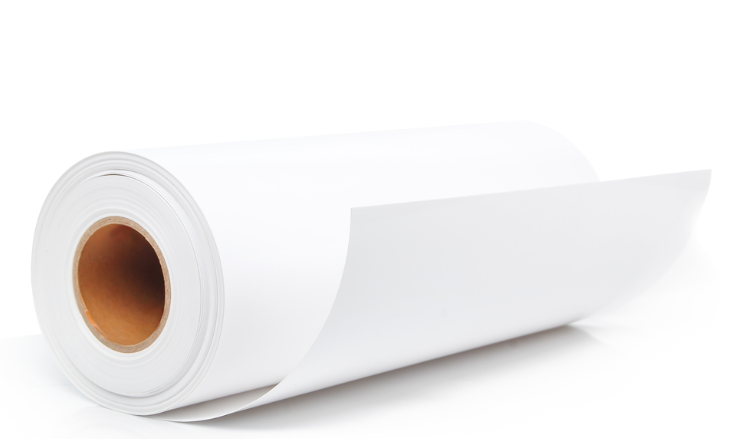- Home
- duplex board manufacturing process products
Dec . 12, 2024 04:02 Back to list
duplex board manufacturing process products
The Duplex Board Manufacturing Process A Comprehensive Overview
Duplex board, a popular choice in the packaging industry, is known for its strength, printability, and versatility. It is widely used for producing boxes, cartons, and display materials. The manufacturing process of duplex board is intricate, involving several stages that ensure the final product meets the necessary quality standards. This article explores the duplex board manufacturing process, highlighting key steps, materials used, and the importance of sustainability in production.
Raw Materials
The primary raw materials used in duplex board manufacturing include wood pulp, recycled fibers, and various additives. Wood pulp is derived from both virgin wood sources and recycled paper products. The balance between these materials is crucial, as it impacts the board's strength, color, and finish. Recycled fibers are gaining popularity due to growing environmental concerns and the push for sustainable production practices. Additives such as fillers, sizing agents, and coatings are employed to enhance the properties of the duplex board, including brightness, smoothness, and printability.
Pulping Process
The manufacturing process begins with the pulping of raw materials. In this stage, wood chips or recycled paper are treated with chemicals (in chemical pulping) or subjected to mechanical processes (in mechanical pulping) to separate the cellulose fibers. The pulping process aims to obtain a slurry of fibers that can be formed into sheets. This slurry is then cleaned to remove impurities and is prepared for the next stage of the manufacturing process.
Sheet Formation
Once the pulp is ready, it enters the sheet formation phase. The pulp slurry is diluted with water and poured onto a moving mesh belt, allowing water to drain away. As the water flows off, the cellulose fibers bond together to form a wet sheet. This sheet is then pressed to remove additional moisture and increase density, enhancing the strength of the duplex board. The resulting wet sheet is then dried using heated rollers, transforming it into a dry, rigid board.
duplex board manufacturing process products

Coating and Finishing
After the drying process, the duplex board may undergo several finishing processes to enhance its properties. This often includes coating the surface with a white or colored layer, which improves the appearance and printability of the board. The coating consists of pigments and binders that provide a smooth surface and increase brightness. Additionally, the board may be subjected to processes such as calendering, where it is passed through a series of rollers to achieve the desired thickness and smoothness.
Cutting and Packaging
Once the duplex board has been processed and finished, it is cut into sheets or rolls of various sizes, depending on customer specifications. This stage requires precision to ensure uniformity and minimize waste. After cutting, the duplex board is packaged for distribution. Proper packaging is essential to protect the product during transportation and storage, maintaining its quality until it reaches the end-user.
Sustainability Considerations
In recent years, sustainability has become a critical aspect of duplex board manufacturing. Producers are increasingly adopting eco-friendly practices, such as using recycled fibers, reducing water and energy consumption, and implementing waste management systems. Many manufacturers are also striving for certifications like FSC (Forest Stewardship Council) to reassure consumers that their products are sourced responsibly and sustainably. The move towards greener production methods not only benefits the environment but also enhances the brand image in an increasingly eco-conscious marketplace.
Conclusion
The duplex board manufacturing process is a multifaceted operation that integrates technology and sustainable practices to produce high-quality products suitable for various applications. From the careful selection of raw materials to the meticulous finishing processes, each step plays a vital role in determining the final product's performance and appeal. As the demand for eco-friendly packaging solutions rises, the duplex board industry is poised to adapt and innovate, ensuring that it remains a key player in the sustainable packaging landscape. With continuous improvements and a focus on sustainability, the future of duplex board manufacturing looks promising, meeting both consumer needs and environmental responsibilities.
Latest news
-
Paper White Kitchen Cabinets Durable & Customizable Designs
NewsMay.24,2025
-
Premium Dressing Table Paper Trusted Suppliers & Global Exporters
NewsMay.24,2025
-
Premium Duplex Board Paper Manufacturers Competitive Pricing
NewsMay.24,2025
-
Durable & Easy-Install Contact Paper for Cabinet Doors Premium Designs
NewsMay.23,2025
-
Sticky Paper for Furniture Durable, Non-Slip Protective Covering
NewsMay.23,2025
-
Self-Adhesive Furniture Paper Durable & Customizable Solutions
NewsMay.23,2025

